Description
Artistes Italiens en Espagne, du XIVème Siècle aux Rois Catholiques | Italian Artist in Spain from the 15th Century to the Catholic Kings
De Bosque, André
Le Temps, Paris, 1965.
Capa dura encadernado a tecido cinza e sobre-capa com ilustração editorial | Grey cloth bound hardcover with pictorial illustrated dust-jacket | Couverture rigide en pleine toile grise et jaquette protectrice en couleurs.
493 páginas | pages. 28 x 23 x 5cm. 1ª Edição | 1ere edition | First edition.
Livro em muito bom estado, como novo. Capas e lombada impecáveis | Condition: très bon état, comme neuf. Couverture neuve, dos en parfait condition, intérieur frais | Beautifully immaculate book Pristine condition for its age.
Abundantemente ilustrado com 272 fotos a preto e branco e 19 a cores, todas coladas em separado | Illustré en abondance avec 272 planches (comprises dans la pagination) en noir et blanc, et 19 en couleurs, tirés à part et contrecollés | Abundantly illustrated with 272 black & white photographs and 19 color plates tipped in.
Introdução e textos em francês | Introdution et textes en français | Intro and texts in French
PT
Este fascinante e ricamente ilustrado livro, agora esgotado, constitui a primeira síntese da pesquisa realizada por historiadores e críticos internacionais sobre o intercâmbio artístico entre a Espanha e a Itália dos séculos XIV ao XVI.
O estabelecimento dos príncipes de Aragão no reino de Nápoles, depois a elevação de uma família de pequenos juristas valencianos, os Bórgias, ao trono papal, são dois acontecimentos, entre outros, que determinaram que a Espanha se abrisse às primeiras correntes da arte de Siena, Pisa e Florença.
Completada a unidade territorial, religiosa e política, por sua vez, os Reis Católicos, Fernando e Isabel, permitiram que o encanto deste Renascimento nascido do outro lado do Mediterrâneo, pudesse operar em pleno.
FR
Cet ouvrage richement illustré et aujourd’hui épuisé constitue la première synthèse des recherches qu’historiens et critiques internationaux ont poursuivies sur les échanges artistiques entre l’Espagne et l’Italie du XIVe aux XVIe siècles.
L’établissement des princes d’Aragon dans le royaume de Naples, puis l’élévation d’une famille de petits juristes valenciens, les Borgia, au trône pontifical sont deux événements entre autres, qui ont déterminé l’Espagne à s’ouvrir aux premiers courants de l’art siennois, pisan et florentin.
Lorsqu’ils eurent achevé l’unité territoriale, religieuse et politique, à leur tour, les Rois Catholiques, Ferdinand et Isabelle, laissèrent opérer le charme de cette Renaissance née sur l’autre rive de la Méditerranée.
ENG
This richly illustrated book, now out of print, constitutes the first synthesis of research carried out by historians and international critics on artistic exchanges between Spain and Italy from the 14th to the 16th centuries.
The establishment of the princes of Aragon in the kingdom of Naples, then the elevation of a family of minor Valencian jurists, the Borgias, to the papal throne are two events, among others, which determined Spain to open up to the first currents of Sienese, Pisan and Florentine art.
When they had completed the territorial, religious and political unity, in their turn, the Catholic Kings, Ferdinand and Isabelle, allowed the charm of this Renaissance born on the other side of the Mediterranean to operate.

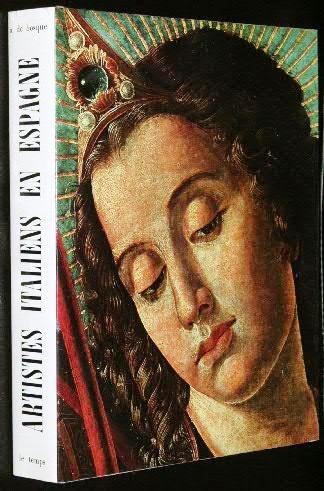
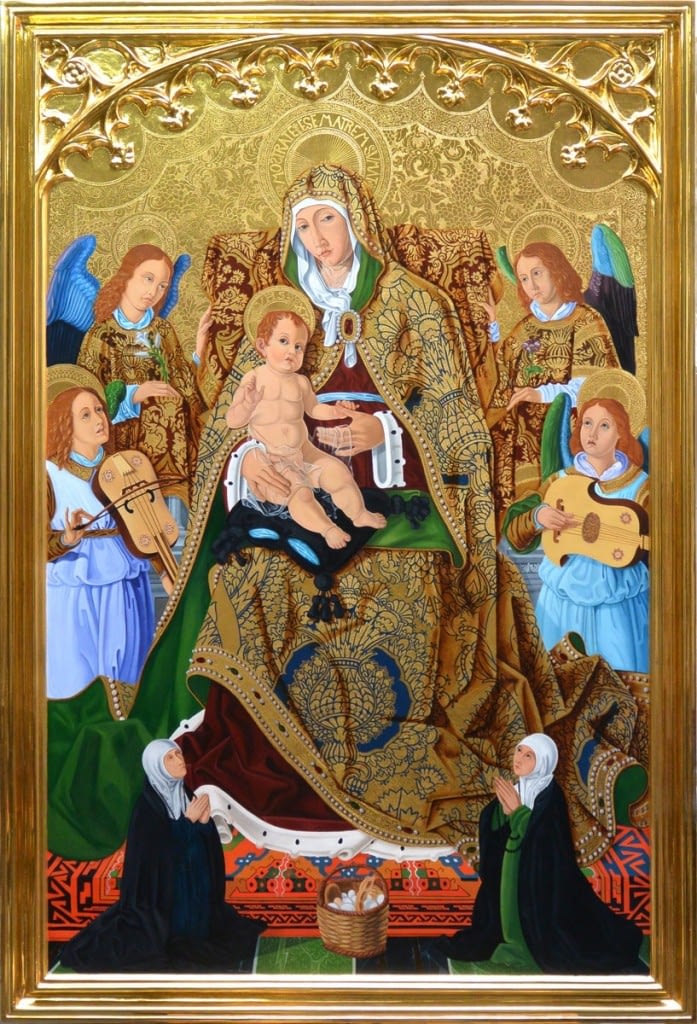
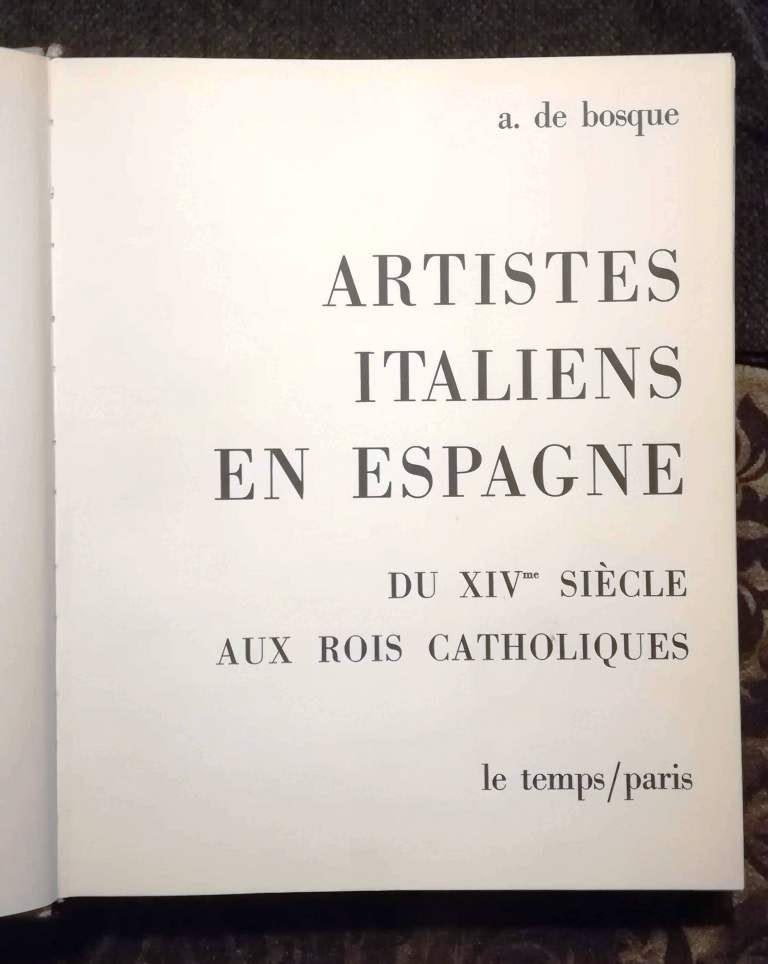
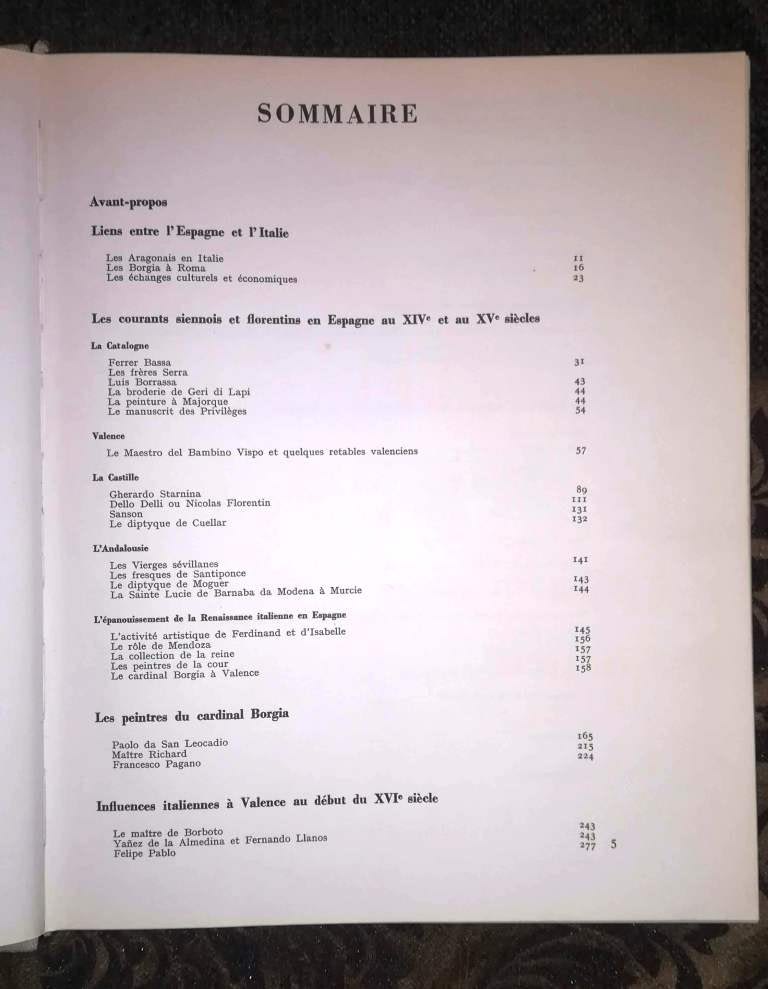
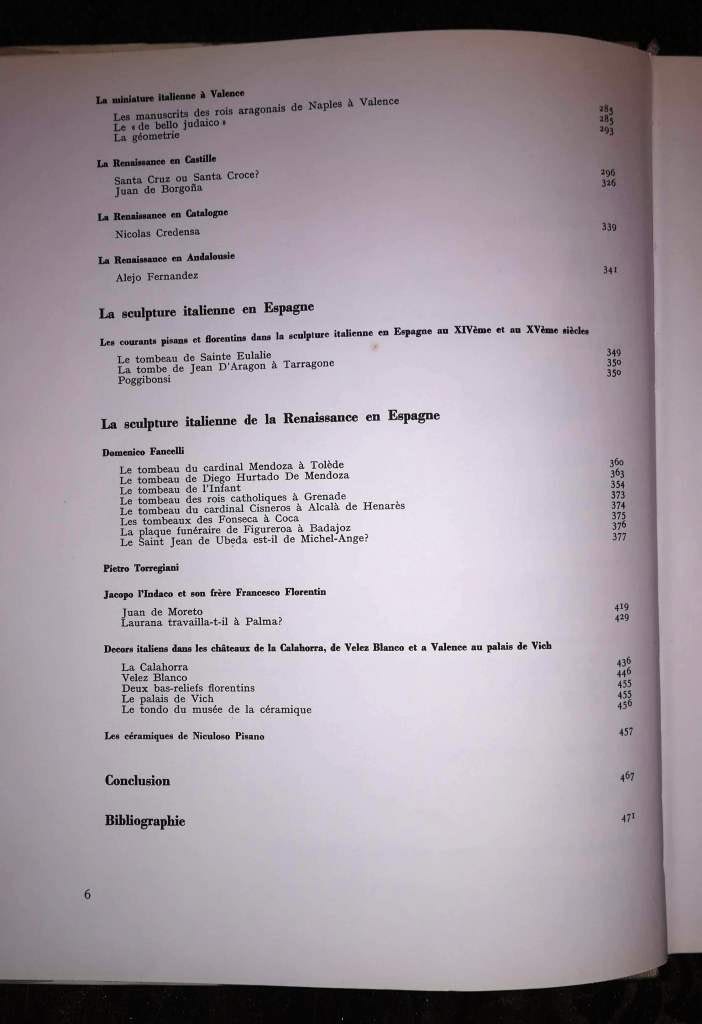
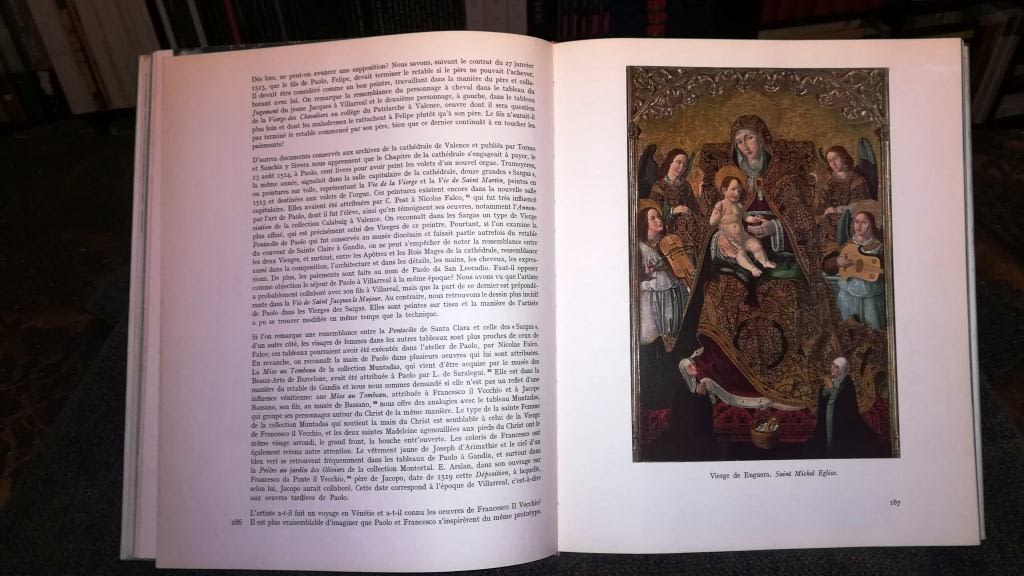
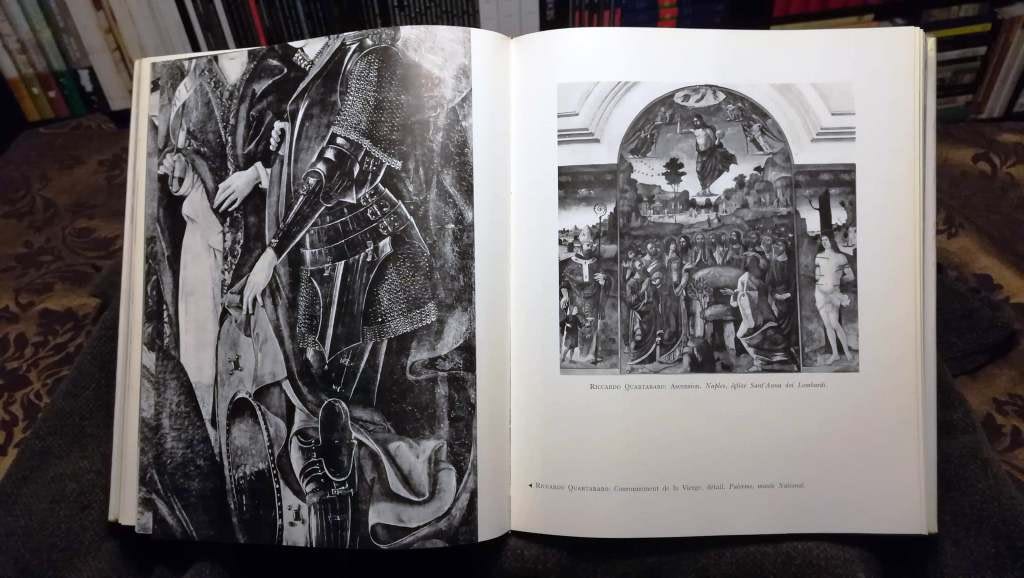
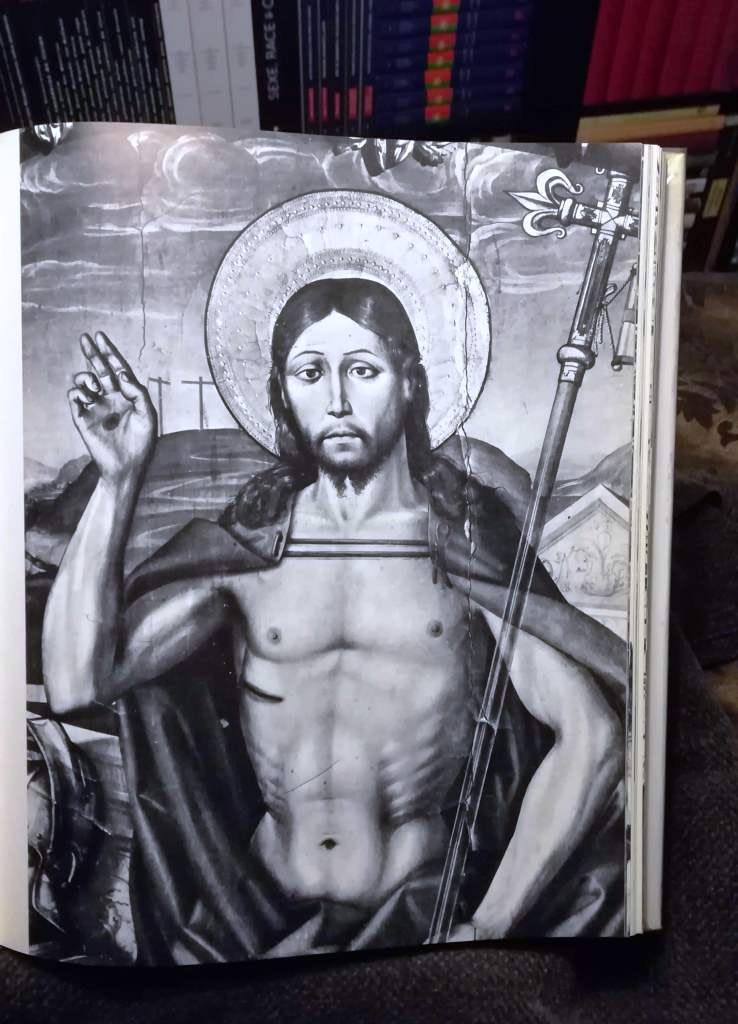
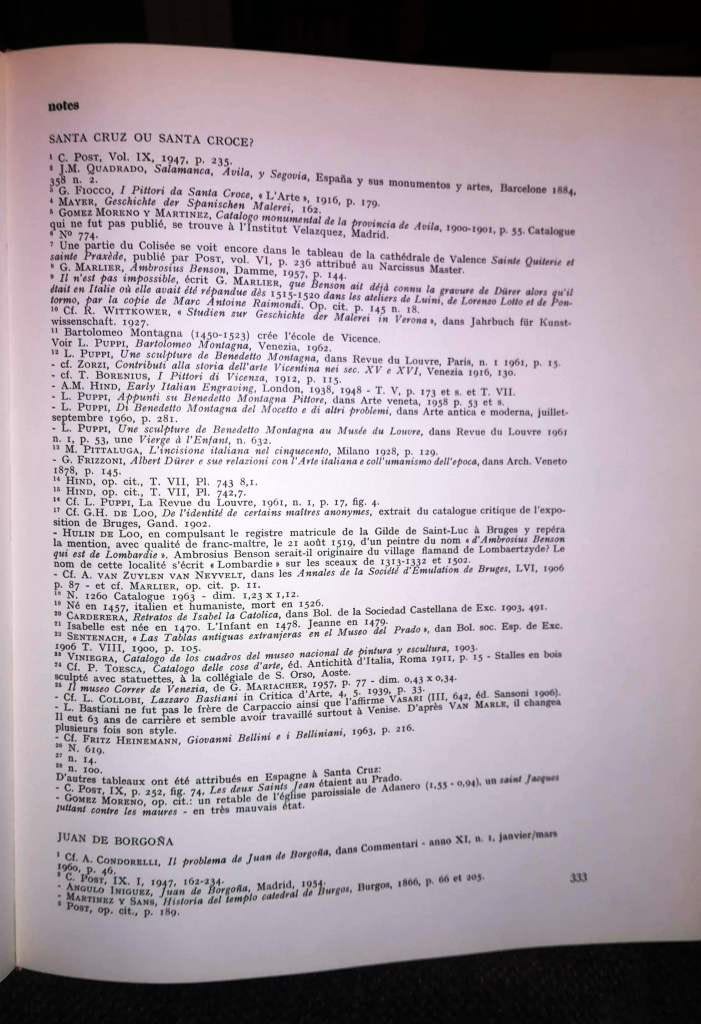
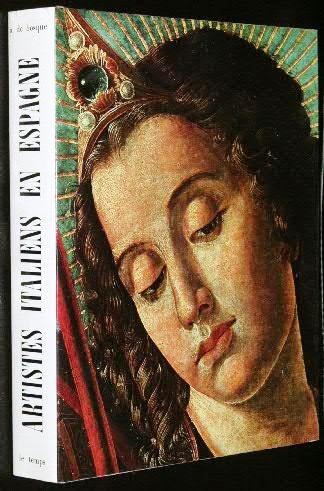
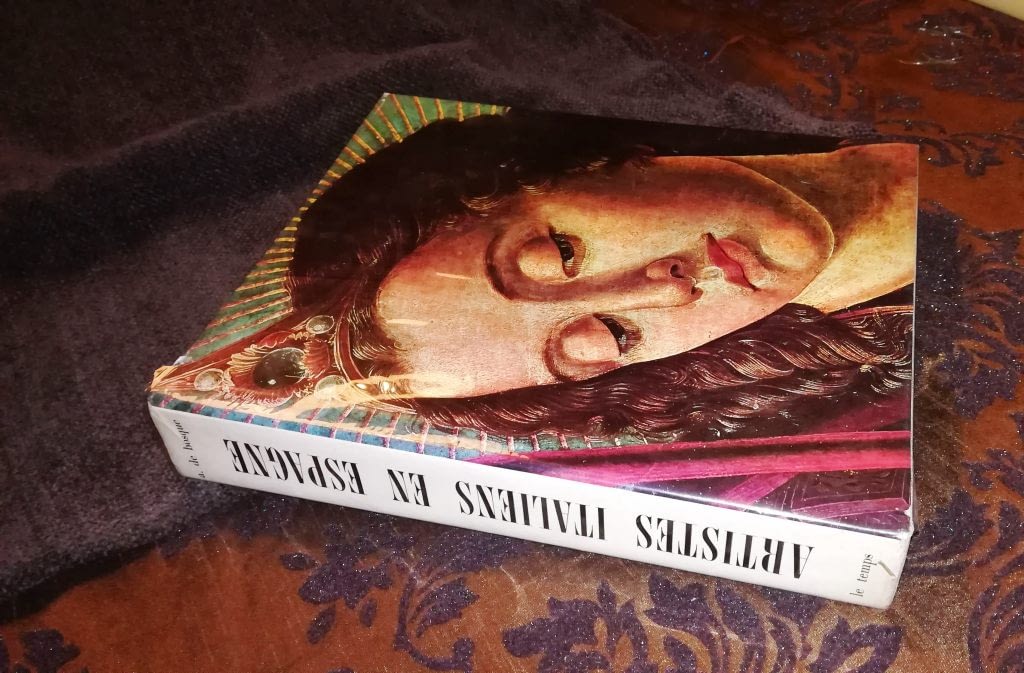




Reviews
There are no reviews yet.